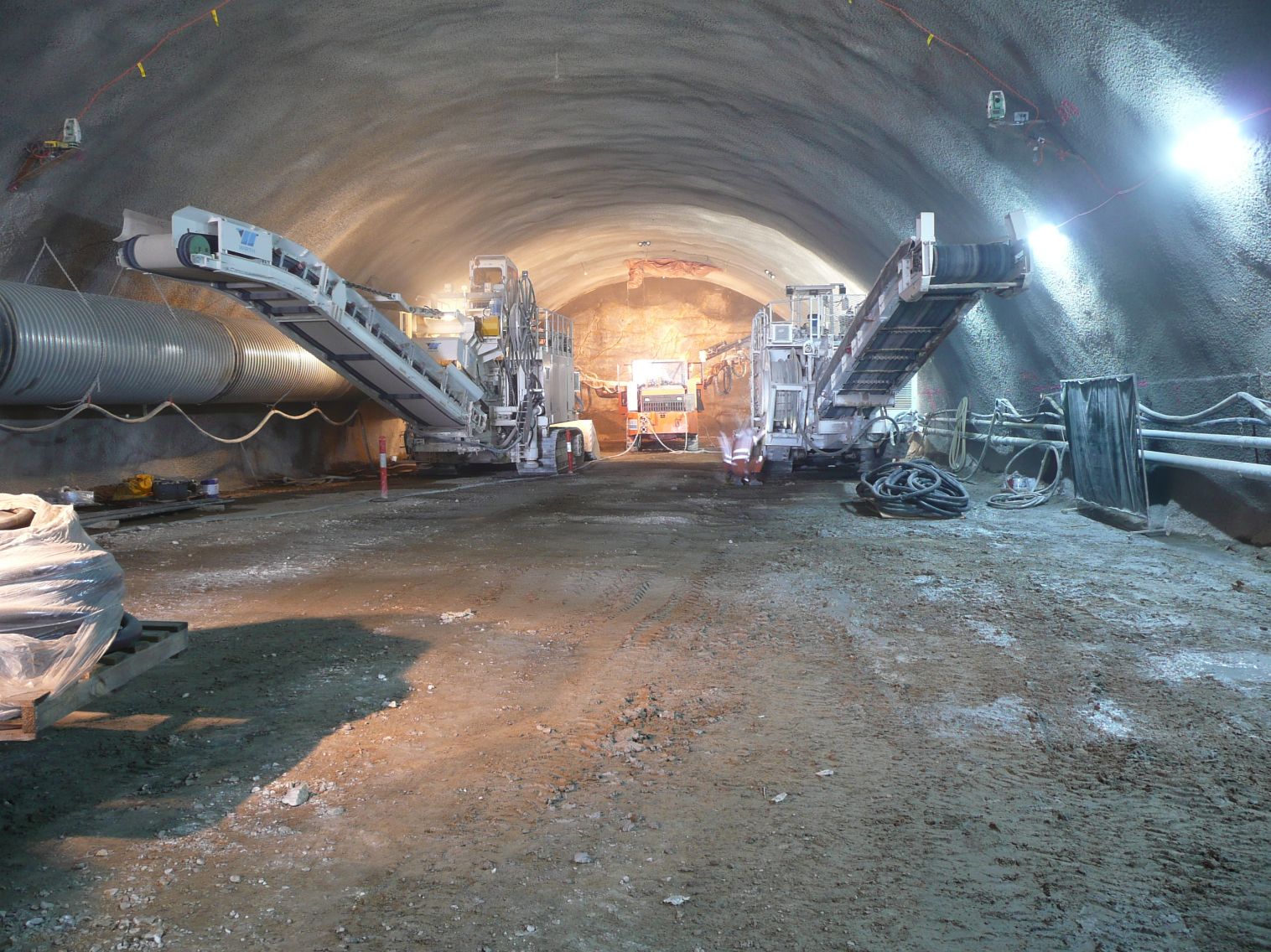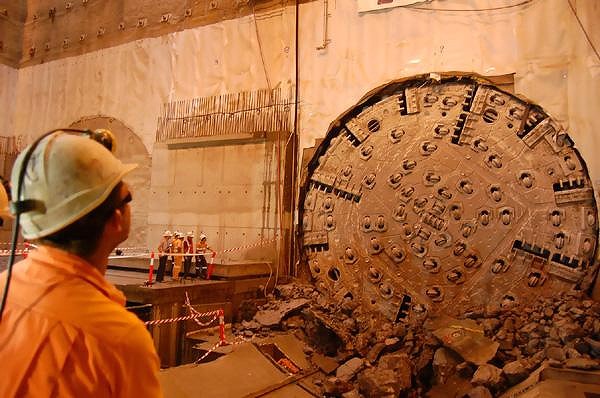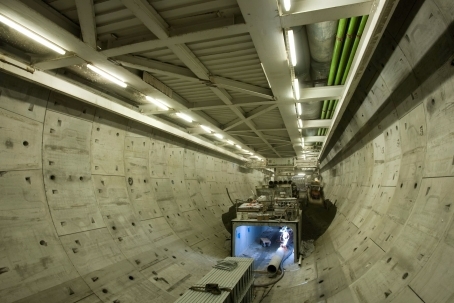Project Description
The Clem Jones Tunnel (CLEM7), formerley the North South Bypass Tunnel, is a tolled motorway linking the Pacific Motorway (M3) and Ipswich Road at Woolloongabba to Lutwyche Road and the Inner City Bypass (ICB) at Bowen Hills. The 6.8 kilometre toll road includes twin, two-lane 4.8 kilometre tunnels. The Clem Jones Tunnel is the first critical component of Brisbane City Council’s TransApex vision that aims to reduce deficiencies in Brisbane’s city and suburban road network.
Opened in March 2010, six months ahead of the contract completion date, CLEM7 allows motorists to enjoy faster, safer and more reliable travel. By using the CLEM7 you will avoid up to 24 sets of traffic lights and save up to 30% travel time on a cross-city trip. The CLEM7 is operated by Queensland Motorways. Tolls are collected electronically through either a tag fitted inside motorists’ vehicles, or through number plate recognition technology.
The Clem Jones Tunnel (CLEM7) tunnel consists of 308,000 tonnes of concrete tiles, 192 kilometres of electrical cable, 120 jet fans, 166 emergency phones and about 2000 lights. You may also be interested to know:
- the deepest point is 60 metres underground
- the speed limit is 80 kilometres per hour (this is variable and can be lowered if required)
- mobile phones and radios will work in the tunnel
- the road surface is concrete, not bitumen
- white side panels are used to reflect all light
- there is one tunnel northbound and one tunnel southbound, with two lanes per tunnel
Construction
Construction on CLEM7 commenced in September 2006 and was completed in March 2010. CLEM7 was delivered as a ‘public private partnership’. This saw Rivercity Motorway Group (RCM) build the project. In 2013 Queensland Motorways took over the operation and maintenance of the CLEM7. Queensland Motorways will retain the right to toll the CLEM7 for a 38 year concession period, after which it will be transferred to Brisbane City Council.
Tunnelling
Tunnelling on the CLEM7 was undertaken by two Tunnel Boring Machines (TBMs), named Matilda and Florence and several smaller roadheader machines. Digging the southbound tunnel, Florence completed her journey from Bowen Hills to Woolloongabba on 16 April 2009. She was followed approximately six weeks later on 26 May 2009 by Matilda whose breakthrough into the access shaft at Gibbon Street Woolloongabba signalled the end of tunnelling for the project.
Matilda and Florence were the largest of their type in the world and excavated 75% of the tunnel. The TBMs operated like a moving factory, excavating the rock, erecting the concrete tunnel lining and placing the road base as they went. The excavated rock was removed from the tunnel via an enclosed conveyor and stored in large silos before it was loaded into trucks and transported off-site.
Upon completion of tunnelling, the TBMs were dismantled and removed from the CLEM7 construction site to allow crews to focus on the mechanical and electrical fit out of the tunnel.
Bridge construction and road widening
The more visible components of the project included the construction of 18 bridges connecting surface roads to the tunnel. Major road widening work is continuing at the northern, eastern and southern entrances to the tunnel and is nearing completion. This work will ensure motorists enjoy fast, safe and reliable access as they enter and exit the tunnel.




